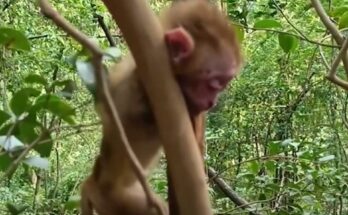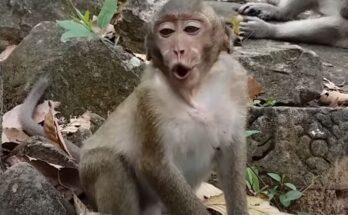In the dense jungles of central Africa, gorillas share complex social structures and behaviors that often parallel human dynamics. Among these behaviors, the playful yet competitive interactions between siblings stand out as fascinating displays of intelligence, physicality, and emotion. The image of a gorilla trying to pin down his brother is not only a snapshot of raw strength but also a window into the intricate social lives of these great apes.
Gorillas, much like humans, live in tight-knit family groups where bonds between siblings are forged through shared experiences. Young gorillas often engage in playful wrestling matches that serve a dual purpose. On one hand, these interactions are a form of entertainment and a way to pass time. On the other, they are critical for developing the physical and social skills necessary for adult life. Wrestling matches teach young gorillas how to navigate their strength, establish boundaries, and understand social hierarchies within the group.
The act of a gorilla trying to pin down his brother is layered with significance. At first glance, it might appear as a simple show of dominance or playful teasing. However, deeper observation reveals the delicate balance between competition and camaraderie. Gorillas are highly intelligent creatures capable of understanding fairness and social cues. A dominant sibling might ease up on his younger or weaker counterpart, allowing the game to continue without causing real harm. Similarly, the pinned sibling might vocalize displeasure, signaling that the play has crossed a line. This exchange highlights the intricate communication skills gorillas possess, relying on vocalizations, gestures, and facial expressions.
These playful bouts often mimic the broader power dynamics within gorilla troops. In a family group, the dominant silverback male leads with authority, but his position is not simply a matter of brute strength. It is reinforced through constant negotiation and subtle displays of power. Younger gorillas practicing their wrestling moves are, in many ways, rehearsing for their future roles within the group. The playful pinning of a sibling today could translate into the assertiveness needed to challenge rivals or protect family members tomorrow.
Interestingly, these interactions also reveal the gentle side of gorilla behavior. Despite their imposing size and strength, gorillas are known for their care and affection toward one another. A wrestling match might end with a reassuring pat, a gentle embrace, or mutual grooming—a reminder that competition does not erode the deep bonds that define gorilla families.
For researchers and wildlife enthusiasts, observing these moments is a reminder of the striking similarities between gorillas and humans. Sibling rivalry, competition, and reconciliation are universal themes in family life, transcending species. These behaviors underscore the shared evolutionary roots of primates, offering insights into the origins of our own social systems.
In conclusion, the sight of a gorilla trying to pin down his brother is more than just an engaging scene from the animal kingdom. It encapsulates the complexity of primate behavior, blending play, learning, and emotional connection. Such moments remind us of the deep intelligence and emotional depth of these magnificent creatures and the importance of protecting their habitats to ensure future generations can continue to witness their captivating lives.
4o
O


